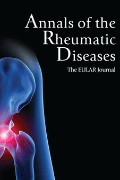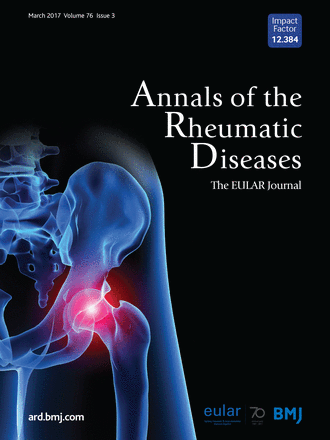
HA injections improve knee OA symptoms and may exert a 1-year carry-over effect .
This study has been identified as potentially high impact.
OE's AI-driven High Impact metric estimates the influence a paper is likely to have by integrating signals from both the journal in which it is published and the scientific content of the article itself.
Developed using state-of-the-art natural language processing, the OE High Impact model more accurately predicts a study's future citation performance than journal impact factor alone.
This enables earlier recognition of clinically meaningful research and helps readers focus on articles most likely to shape future practice.
A 40-month multicentre, randomised placebo-controlled study to assess the efficacy and carry-over effect of repeated intra-articular injections of hyaluronic acid in knee osteoarthritis: the AMELIA project
Ann Rheum Dis. 2011 Nov;70(11):1957-62.306 patients were randomized to receive either intra-articular hyaluronic acid (HA) injections or placebo injections for the treatment of knee osteoarthritis. The purpose of this study was to compare the efficacy and safety of each treatment by investigating whether there is a difference in the number of patients displaying a clinical response to treatment in each group. It was found that a significantly higher proportion of patients in the HA group showed a clinical response to treatment compared to the placebo group at 40 months and that the use of repeated HA injections were more successful in alleviating pain and improving function.
Unlock the Full ACE Report
You have access to 4 more FREE articles this month.
Click below to unlock and view this ACE Reports
Unlock Now
Critical appraisals of the latest, high-impact randomized controlled trials and systematic reviews in orthopaedics
Access to OrthoEvidence podcast content, including collaborations with the Journal of Bone and Joint Surgery, interviews with internationally recognized surgeons, and roundtable discussions on orthopaedic news and topics
Subscription to The Pulse, a twice-weekly evidence-based newsletter designed to help you make better clinical decisions
Exclusive access to original content articles, including in-house systematic reviews, and articles on health research methods and hot orthopaedic topics
































































